Pirat – stands for: PI – means a pulse metal detector, and RAT – author’s site: “radioscot” . This metal detector has won the glory of a simple and inexpensive instrument, a small number of accessible, not scarce parts, with proper assembly and serviceable parts, the instrument works immediately, with almost no settings.
If we compare with the simple scheme of the metal detector at the frequency beats, here the depth of detection of the metal is much better. There is no discrimination in this type of metal detector, non-ferrous and ferrous metals react almost equally. But with certain skills, you can understand what purpose is under the sensor. Assembling and configuring this metal detector is much easier than the previously considered “VINTIK-PI” pulse metal detector .
Metal detector PIRATE does not distinguish between metals. But it is well suited for metal search and for beginners . Also a huge advantage of the pirate is its simplicity for independent production and availability of components – all the details of the metal detector cost a penny and can be found in any store of radio components or on the radio market. Also in the Pirates there are no programmable elements, which greatly simplifies the life of radio amateurs. Even a person with a minimum level of training will make a metal detector pirate with his own hands.
Characteristics of the PIRAT metal detector
● Power supply: 9 – 12 volts .
● Current consumption: 30-40 mA .
● Coin detection depth (25 mm): 20 cm .
● The depth of detection of large metals: 150 cm .
Of course, the characteristics are largely dependent on the parts used, coil diameter, build quality, etc.
The
device consists of two main nodes, transmitting and receiving. The
transmitting node consists of a pulse generator on a KR1006VI1
microcircuit (foreign analog of NE555) and a powerful key on an IRF740
transistor. The receiving node is assembled on the K157UD2 microcircuit
and the BC547 transistor.
The device consists of
- Pulse generator
- Amplifier
- Integrator
- Comparator
- ULF
Be careful at the output of the IRF740 (400 volt) .
Pirate PI Schematic
The metal detector circuit consists of two main components: transmitting and receiving .
The
transmitting node consists of a pulse generator on a KR1006V1 chip (an
analog of NE555) and a powerful key on a KP505A field-effect transistor
(an analog of IRF740, IRF840). You can put a reverse-conduction bipolar
transistor with a voltage K-E of at least 200V. It can be taken from an
energy-saving lamp or a charger from a mobile phone. BC557 transistor
is used to swing the powerful key.
The receiving node is assembled on
a K157UD2 microcircuit (it is possible to assemble a OPT TL072),
there are counter-parallel limiting diodes at the receiver input, there
is a filter at the input of the second stage of the receiver, cutting
the necessary part of the pulses, at the output of the second stage
there is a VS547 transistor, its collector circuit is connected speaker
8-50 ohms. In place of T3, almost any NPN transistor can be used.
There are many different options for PIRAT metal detector circuits and modifications to them.
Option: transistor generator, K157UD2 receiver

Option: generator on NE555, receiver on K157UD2

Option: a generator on the NE555, and a receiver on the TL072 with adjustable frequency generator:
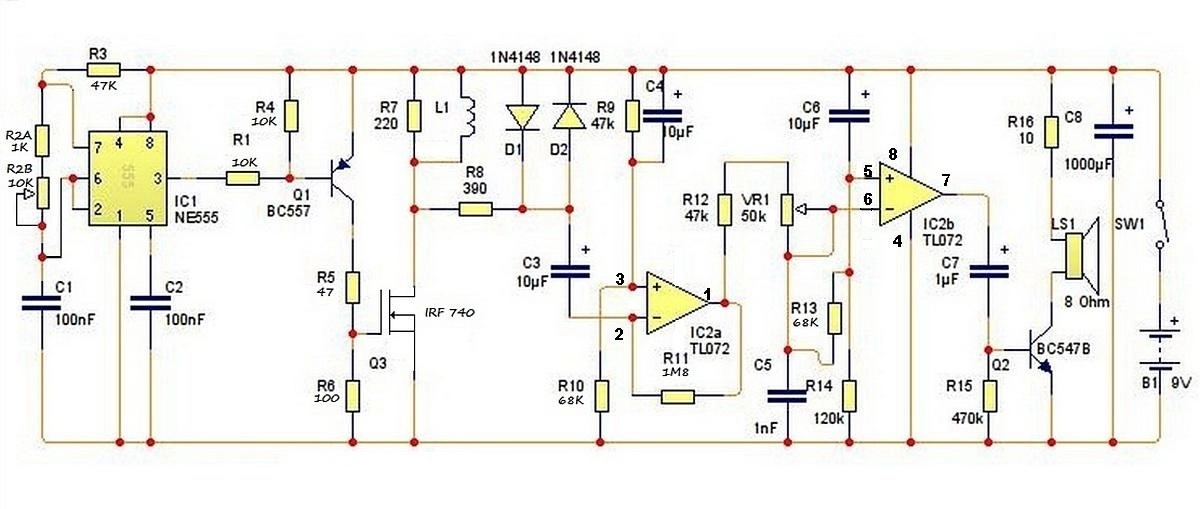
Option: generator on K561LA7 / LE5, receiver on K157UD2

Pirate PI PCBs
Options for PCB layout pirate, from its developers, on a chip and transistors. Board in the format of Spring Layout (download at end) .
Option: generator on NE555, TL074

Option 1: generator on NE555, TL072
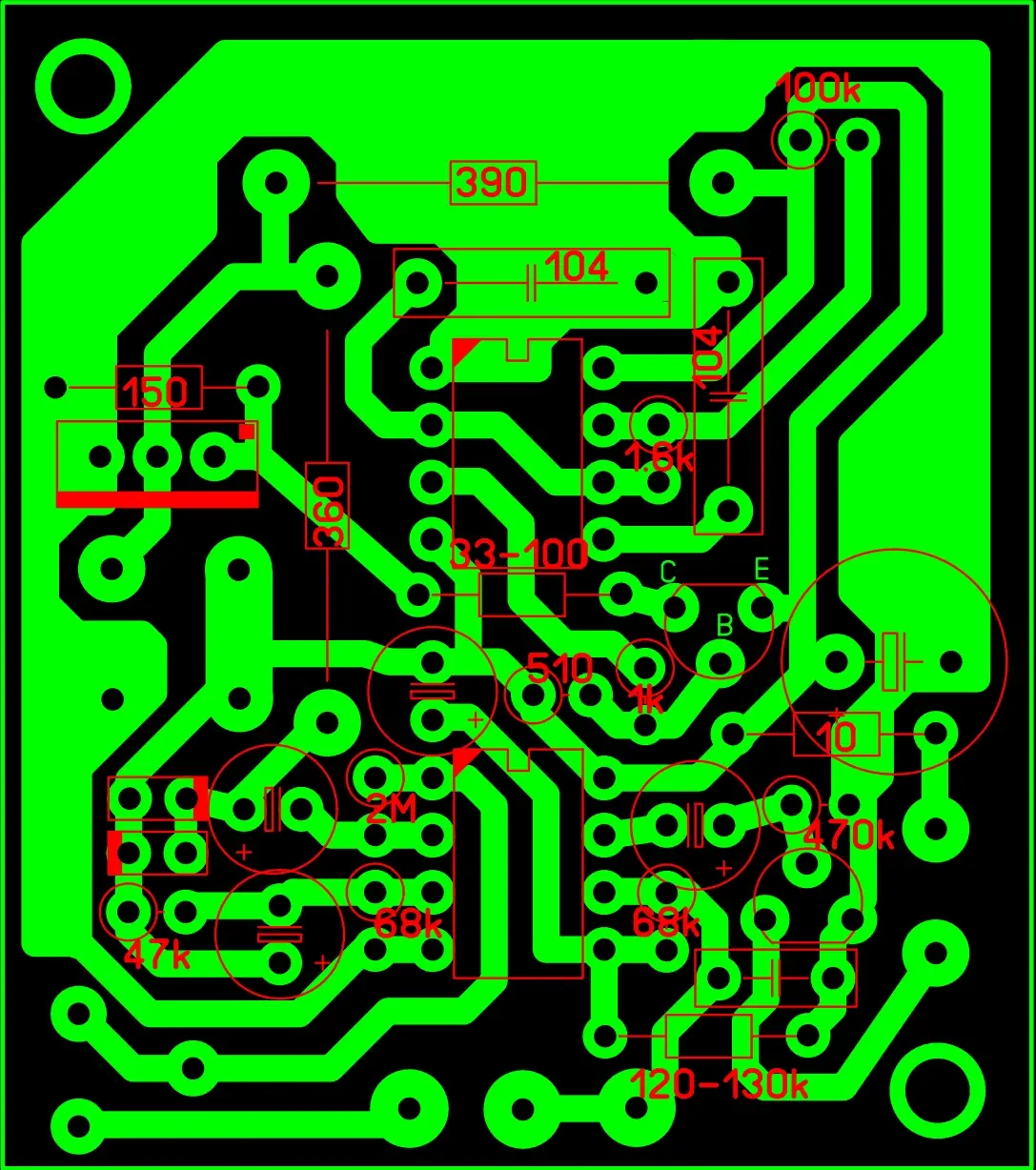
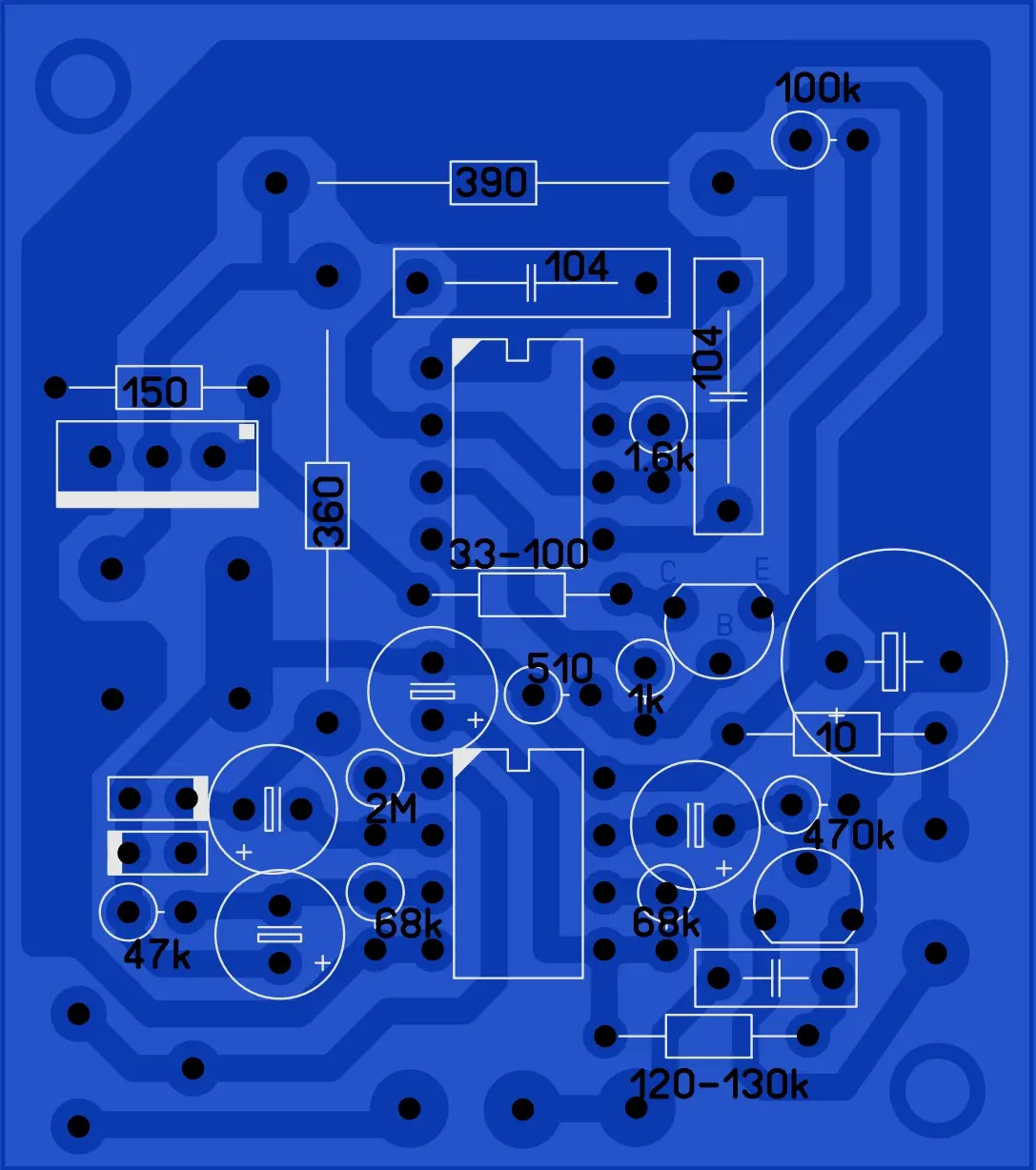
Option 2: generator on NE555, TL072




Pirate PI Partlist

This metal detector-the ‘Pirate’- was originally designed by a Russian forum.It’s a pulse induction (PI) type detector.
basic components are :
- Integrated circuits : NE555 – 1 pc and TL072 – 1 pc ;
- Transistors: IRF740, BC557, BC639 ;
- Diodes: in4148 – 2 pcs, in5819 – 1 pc;
- Variable resistor – 2 pcs (500 kΩ, 50 kΩ);
- Trimpot resistor – 1 pc (200kΩ)
- Resistors – 14 pcs;
- Ceramic capacitors – 3 pcs;
- Electrolytic capacitors – 5 pcs;
- PCB 70 x 30 mm;
- Sockets for chips 8pin – 2 pcs ;
- Switch;
- The handle under the variable resistor – 2 pieces ;
- Computer cable “twisted pair” (3 meters) or wire sew, PEL, PETV, etc. (F 0.3-0.7 mm);
- Battery 9-12 V;
- Headphones or speaker.
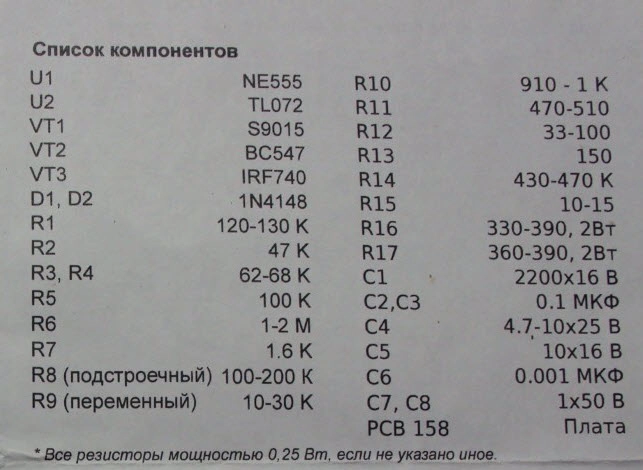
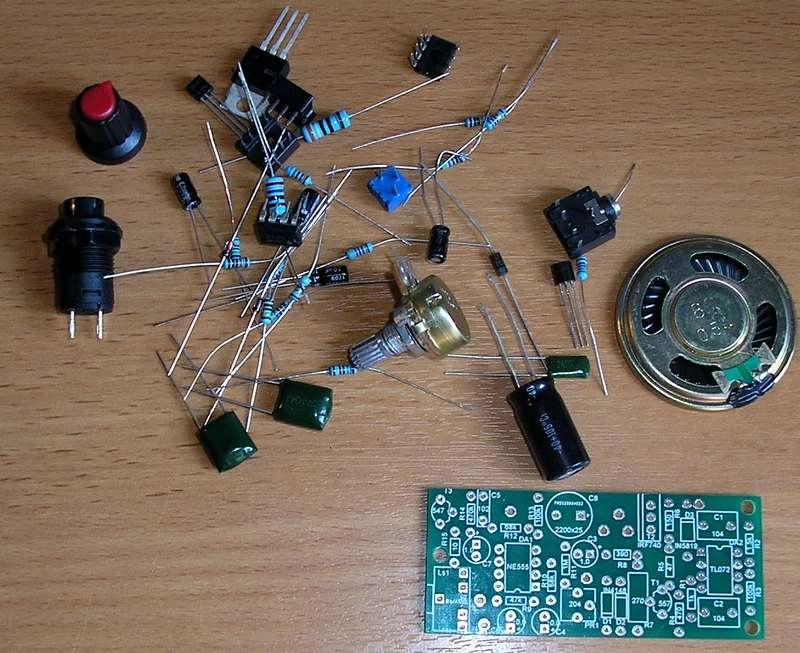
Pirate PI assembly
Detailed step by step assembly (with photos) of the PIRAT metal detector
Insert the parts according to the attached instructions, scheme, placement of the parts on the printed circuit board. Sockets for microcircuits , a headphone jack, fixed resistors horizontally, a hotspot resistor. The values of fixed resistors can be determined by colored bans, and also to compare with the multimeter.


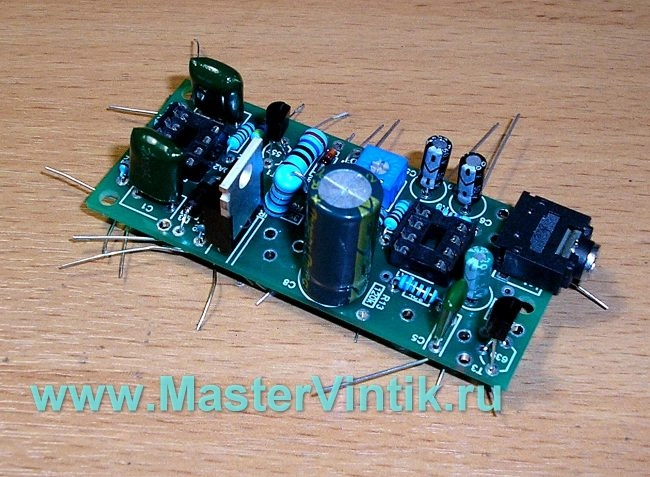
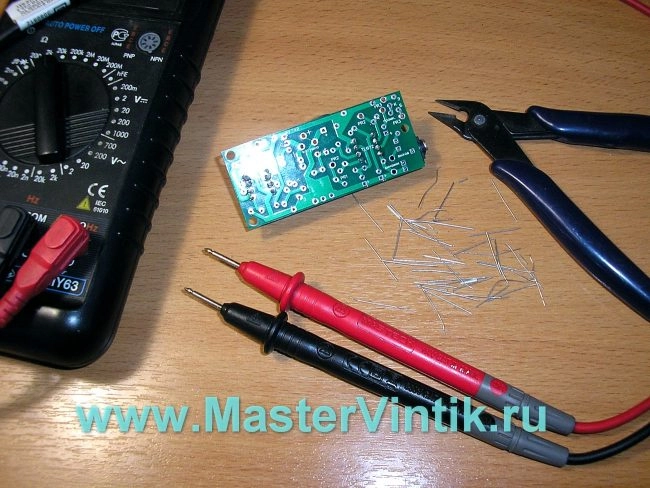


The coil is wound on a mandrel of about 200 mm, it contains 25-30 turns of wire PEL, PETV, PEV F-0.5 – 0.7 mm. A pot of this size is suitable as a mandrel. It is better to wound the number of turns 30 and then decrease in the process of tuning, achieving maximum sensitivity. To do this, bring the coin to the coil and check with how many turns the coin will be “caught” from the greatest distance. In order that the coil had good strength and was attached to the rod, it can be wound, for example, on an embroidery frame.
Related posts
 Reviewed by النبض المغناطيسي
on
10/28/2021
Rating: 5
Reviewed by النبض المغناطيسي
on
10/28/2021
Rating: 5



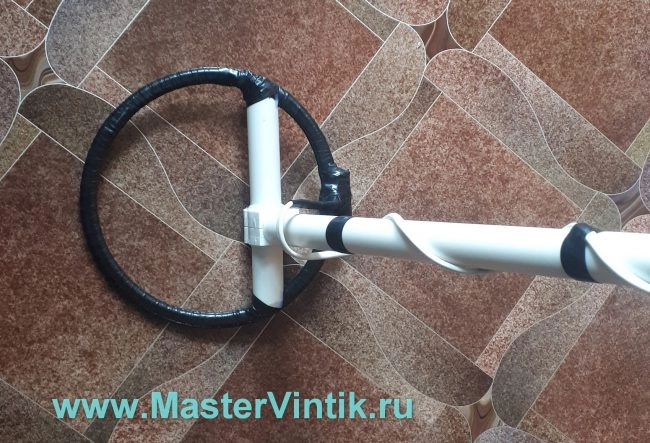






![[Arduino FreeRTOS tutorial] How to use semaphore and mutex](https://blogger.googleusercontent.com/img/a/AVvXsEjv4nInC0gGae_exqVbGJ3vHTe70Mt_3Tc2OTotIjgVpf3BPNJnmGYrvEYBxF3gUiDNfJl5IHSd-2ShuRFe7cR5AtsimzD6NZtmfCz-NNV1rLmvK3mw1yGjlMYCthIAOm3lz_vY7CTygjfPdmdR6fWtLJomA46NJOD8HGVMzLPK2mF9I9eE3VsJbQI=w72-h72-p-k-no-nu)




No comments:
Comments